
Veronica Vanterpool will be resigning from the MTA Board to join the Delaware Transit Corporation as its first Chief Innovation Officer.
When the MTA Board is at full strength, New York City enjoys four seats at the table. Although the Governor legally nominates every member to the MTA Board, he is required to defer to various stakeholders, and the mayor has the power to request four Board members. Yet, when the MTA Boards meets on Wednesday for its final meeting of 2019, it will be the last time the city has even three representatives as Veronica Vanterpool will be leaving new for Delaware. I can’t recall a time when the city had only half of its MTA Board seats filled, and at key juncture in the history of the MTA, the city’s voice is being silenced as the mayor seemingly refuses to pressure Albany to act.
In a sense, this saga began earlier this year in April when Carl Weisbrod left the MTA after only two years. The former city planning official was widely praised as a strong voice on the Board, and the mayor nominated Daniel Zarrilli to replace him. He is the mayor’s current chief climate policy adviser, as Trottenberg’s replacement, and with 15 years of experience in government and a few years in the transit, Zarrilli’s nomination seemed like a no-brainer.
A few weeks later, in June, Polly Trottenberg abruptly stepped down as well. We don’t know why Weisbrod quit, but as Streetsblog detailed in June, the DOT Commissioner seemed fed up with Andrew Cuomo’s meddling and annoyed with the mayor’s refusal to stick up for the city in all matters MTA. The mayor nominated Bob Linn, a labor lawayer, to the MTA Board. Many thought it to be an honorary nomination as Linn has recently retired from his role as the city’s chief labor negotiator, and Zarrilli was expected to pick up the transit slack left over by Trottenberg’s departure.
But with Andrew Cuomo and the MTA, things that should be certain aren’t, and while Linn’s nomination sailed through the confirmation process, Zarrilli’s didn’t. Officially, as Mark Chiusano wrote five months ago, the hold-up concerned the background check. Despite a long career in government, Zarrilli seemed to in limbo, but of course, the state legislature, at the demand of Andrew Cuomo, found time to exempt Robert Mujica from the MTA Board residency requirements. The governor claimed they received Zarrilli’s nomination “late” without enough time to go through the background check process, but that seemed to be a load of bunk. As Dana Rubinstein reported, Zarrilli’s nomination arrived one business day after Linn’s, but what the governor wants, the governor gets. As the MTA Board debated the $51 billion five-year capital plan, the 2020 budget and the AlixPartners transformation plan, the city was down a voice during discussions that could reshape the city’s transit space for decades to come.
At any point since June, the legislature could have picked up and acted on Zarrilli’s nomination. That they have not suggests further reticence from Cuomo, and now the MTA Board will lose another forceful advocate for transit as Vanterpool reports for duty on Wednesday for the last time. Rubinstein broke the news of Vanterpool’s departure last month, noting that the board’s “most outspoken member” will be leaving, and the city will be worse off for it. Vanterpool was the only woman of color on the MTA Board, the youngest member at the time of her initial nomination, and as the one-time executive director of the Tri-State Transportation Campaign, a long-time player in the transit space. Rachael Fauss of Reinvent Albany called Vanterpool’s departure a “huge loss” in comments to The Post.
For her part, Vanterpool has played down the impact of her departure and defending the mayor to the bitter end. In comments on Gotham Gazette’s “What’s the [Data] Point” podcast, Vanterpool discussed record city investment in the MTA Capital Plan while attempting to parry with the claim that Bill de Blasio has not been invested in transit. (The mayor, you may recall, handed the MTA a blank check without ensuring the money would go only to city concerns, as Michael Bloomberg had done with money for the 7 line extension during his time in office.)
Still, it’s hard not to view Weisbrod’s and Trottenberg’s and Vanterpool’s departures as a lessening of city authority and say over transit governance concerns. We already know, as Vanterpool has said in her various exit interviews, that the MTA Board is Cuomo’s through and through and that, at best, city voices can be squeaky wheels gaining the attention of the press and public as part of the PR war. Practically and politically, the city’s four voices can never carry the day, and going through a prolonged period of time during which only two of the city seats are filled will leave New York City transit riders underrepresented on the MTA Board.
What comes next is tough to say. In her podcast appearance, Vanterpool excused de Blasio’s hands-off approach while also speaking wistfully of a governance model that empowers the Board, and not the governor, to name the MTA leadership. She appreciated the independence the mayor affords his board members and she talked about conversations with “city leadership” generally about transit while pointedly not mentioned the mayor’s involvement. It’s an enlightening conversation, and Vanterpool had similar things to say to Streetsblog as well.
But that independence, and the mayor’s very apparent hands off approach, also means that city voices have no real transit champion speaking up from City Hall. Early last week, I’ve asked the mayor’s team if they have any names ready to replace Vanterpool and if they plan to push Albany and the Governor to act quickly on these nominations and have yet to receive a reply. Most city-watchers and transit advocates I’ve spoken with this month feel the mayor just doesn’t care enough about the MTA to invest any political capital whatsoever in fighting for quick action on the two empty board seats.
Still, the jockeying has begun. In an ideal world, Zarrilli would be approved as soon as the governor passes his nomination to the State Senate, and TransitCenter’s Colin Wright urged the mayor to appoint a disabled New Yorker to the Board. But for now, the city’s voice in its transit affairs will be further diminished following Wednesday’s meeting. While our loss is Delaware’s gain, it’s time for the mayor to step up and fight for adequate NYC representation on the MTA Board. With MTA transformation in full swing and $51 billion in capital investment in the balance, New York City can ill afford to lose its transit voice.

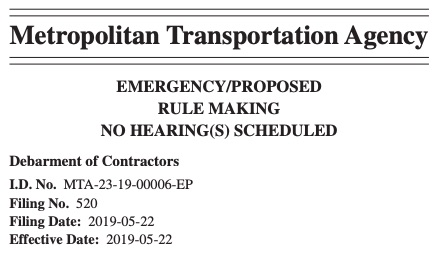
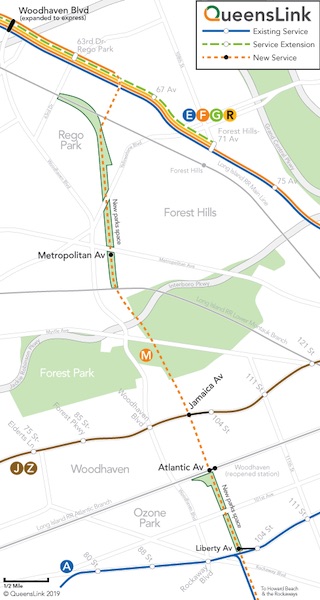
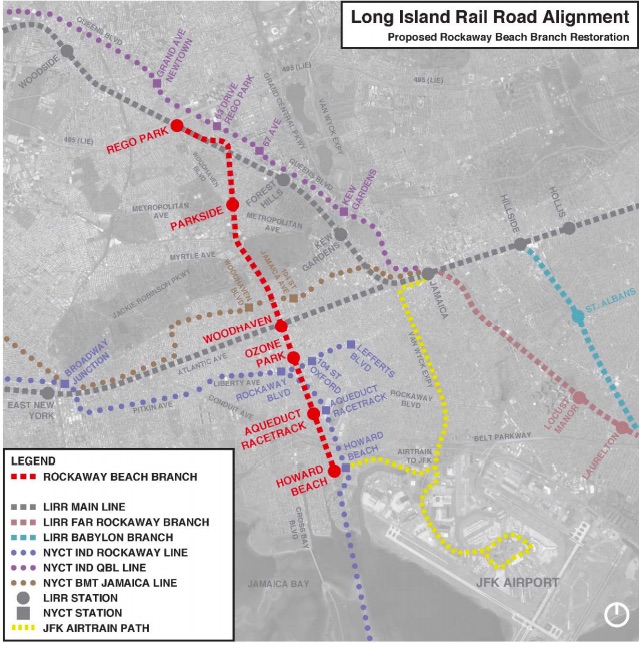
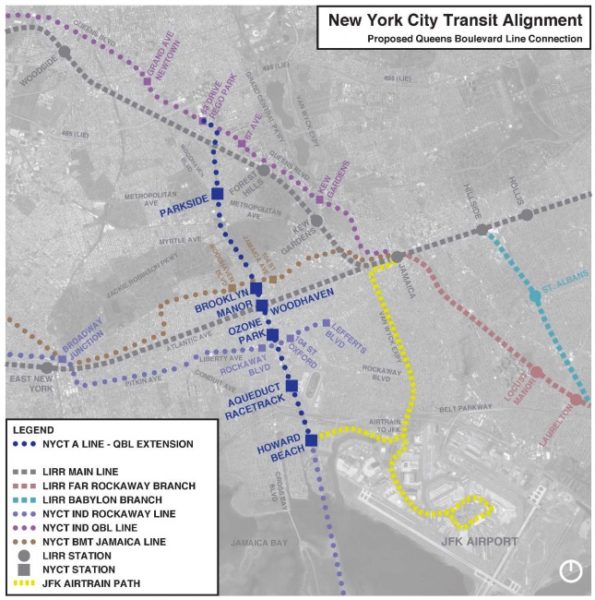
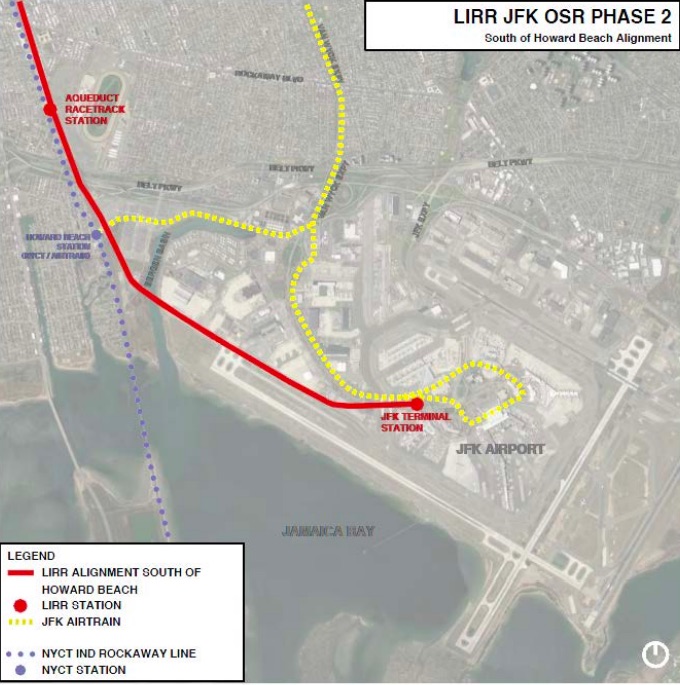
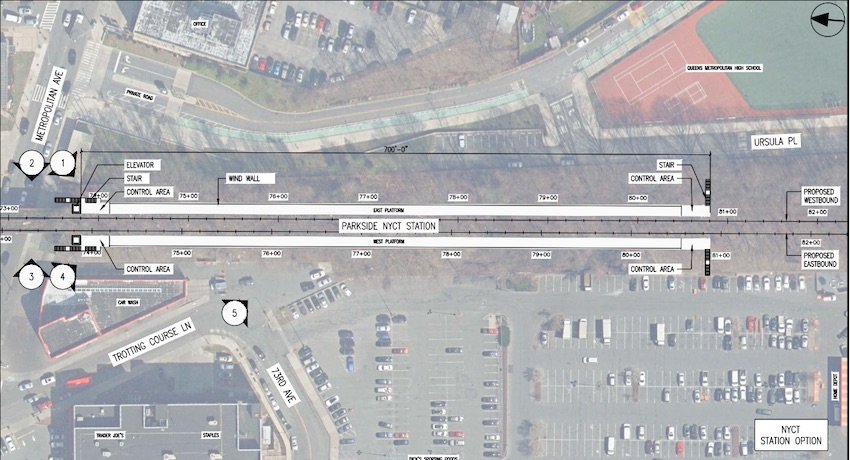

 Buses are certainly having their moment these days. With the launch of the 14th St. Busway, we’ve seen a
Buses are certainly having their moment these days. With the launch of the 14th St. Busway, we’ve seen a 




